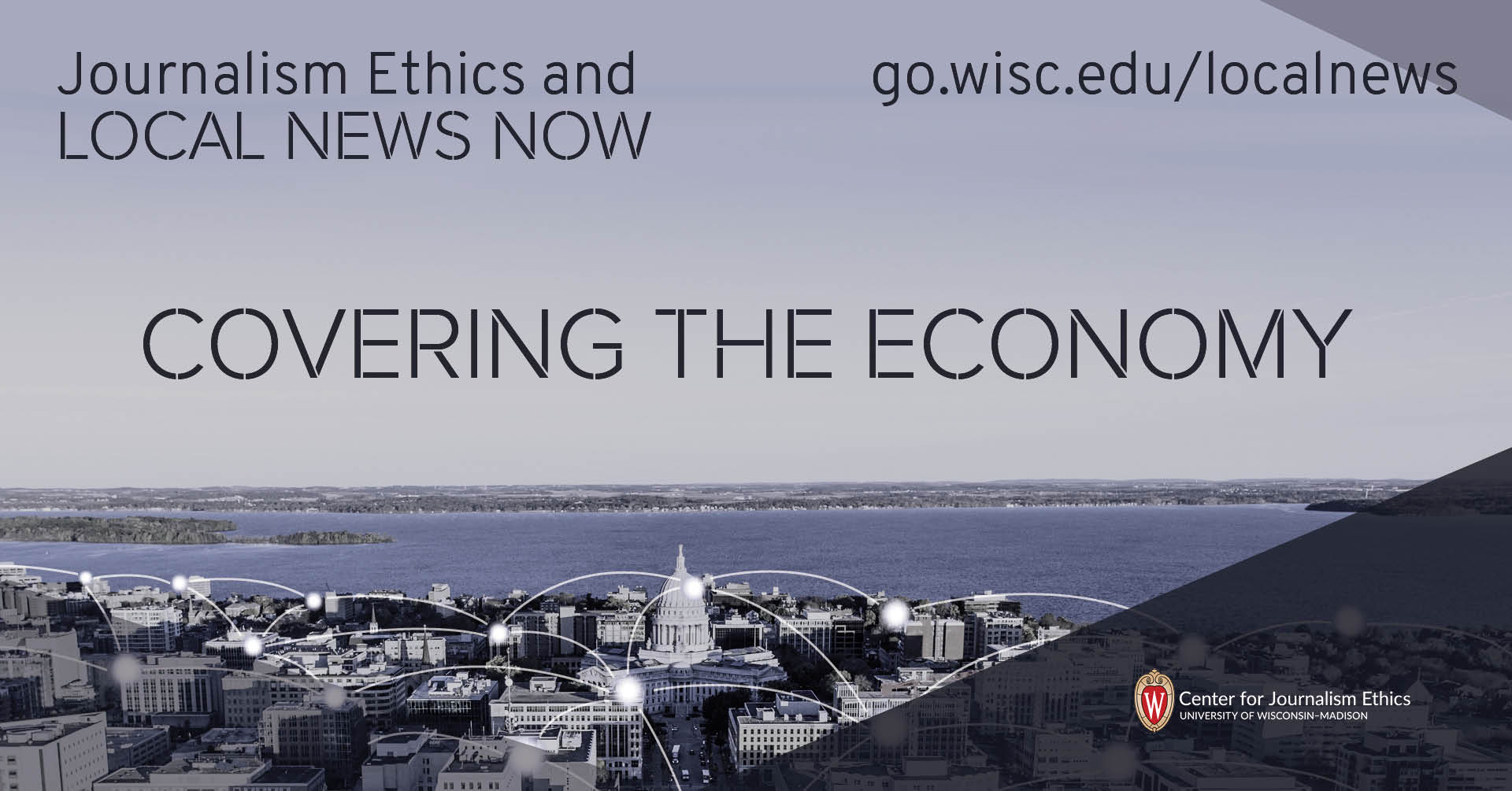
By Jack Kelly
The economy. Everyone talks about it, everyone worries about it and just like most other aspects of life, it was devastated by COVID-19. But what do the headlines in Washington mean for a small rural county or a large metro area? Where did all of the funding in that $1.9 trillion relief package go? How is it being felt on the ground by everyday people? Let’s look at the economy and what it means for localities.
MICRO AND MACRO ECONOMY STORIES
Included in the American Rescue Plan, a $1.9 trillion coronavirus relief bill signed into law by President Joe Biden in early March, were $1,400 “stimulus” checks for qualifying American adults. Since the bill became law, those payments have slowly arrived in people’s bank accounts and mailboxes, and millions of Americans have received some much-needed cash. But what did people do with that money? Did they save it? Pay rent? Pay off debt? Buy a new TV? Did they spend it at a local business? Is the local economy better off because of the payments?

Sources
- Local small business owners. Did they see a jump in business as cash started to come in?
- Everyday people in your community. How important was that $1,400 to them?
- A Census Bureau survey in June found that 85% of people used their first stimulus check for household expenses; 15.7% used the money to pay off debt; and 14.1% planned to mostly save it. Did that change this time around?
- Census Bureau survey results.
Over a year into the COVID-19 pandemic, many workers in the United States are well-acquainted with working from home. But what does that mean for a corporate landlord in your city? Are they worried they’re going to lose business because companies will stick to the WFH plan? Are they reimagining what their spaces can be used for? What does it mean for company culture if the company is never “together?” With the end of the pandemic a glimmer in the distance, how are people making decisions about the future?

Sources
- Local companies → Ask about their “return to work” plans.
- Two in five employees are expected to still be working remotely at the end of 2021, according to a report from benefits consulting firm Willis Towers Watson. This report is packed with findings about how businesses plan to “emerge” from the pandemic.
- Prithwiraj Choudhury, Harvard Business School professor and remote work expert; Contact via this online email form.
Next up on President Joe Biden’s agenda is an ambitious $2 trillion infrastructure plan that he says “is a once-in-a-generation investment in America.” The plan, though, goes well beyond the traditional understanding of infrastructure. It includes a tax hike to pay for the proposal, hundreds of millions of dollars for home and community care, $174 million for electric vehicles and more. So what does that mean for your town? Are roads and bridges in disrepair? What areas would local officials use the money on?

Sources
- NPR breaks down how the $2 trillion in the plan would be spent.
- A 2019 World Economic Forum report compares the United States’ infrastructure to other countries around the world.
- Consult local officials about the state of infrastructure in your area.
- Adie Tomer, Fellow, Brookings Metropolitan Policy Program; Email: atomer@brookings.edu.
Since the start of the coronavirus pandemic, tens of millions of people across the United States have found themselves newly unemployed. Enhanced federal unemployment benefits have helped keep many of them going while the pandemic raged, but what’s next as millions of people receive vaccine doses each day? Will local businesses be able to rehire laid off workers once business starts to pick up? Are the jobs that were cut because of COVID-19 gone for good? How many people in your local area are still out of work? Enhanced unemployment benefits expire on Sept. 6 — will people be able to get by without them?

Sources
- Department of Labor database of jobless claims by state.
- Department of Labor database exploring unemployment insurance policies in each state.
- Elisabeth Jacobs, The Urban Institute senior fellow and expert on long-term unemployment and work-force development policy, contact form.
The union vote by Amazon workers at the company’s warehouse in Bessemer, Alabama, has caught the attention of people across the world. While the employees ultimately voted down the union, union organizing is not going away. What would unionization mean for the workers at Amazon’s 110 active fulfillment centers across dozens of states? Will more union drives kickoff? Does it depend on the state? Will Amazon continue to fight the efforts with everything it has? This could be the labor issue of the year — and maybe the decade.
INTERVIEW W/ INFRASTRUCTURE EXPERT ADIE TOMER
INTERVIEW W/ ECONOMY, RETAIL AND REAL Estate reporter MARIA HALKIAS

Marisa Halkias
Maria Halkias covers the economy, retail and real estate for the Dallas Morning News. Halkias shared a few thoughts with the Center for Journalism Ethics about covering the economy from a local perspective.
“The economy” is a catchall phrase that everyone knows but very few people understand. What advice do you have for reporters who are trying to localize and humanize “the economy” for their audiences?
Every story can be localized. You have to know the employers – big and small so that when a trend emerges, you can go to them and find out how it’s playing out locally. There are also economists who study your region. They might be at the Federal Reserve District you’re in, local university or at the largest bank in your area. City economic development folks may offer hype, but they also know what’s happening in town. Drive around. You have to know the office districts, shopping districts, industrial parks. Real estate statistics, sales tax data, small business formations, even state park and fishing license data was interesting during Covid. Be creative in offering context for your stories. Talk to the public. Do interviews at the mall or downtown. Find them on social media.
Higher unemployment rates continue to be a reminder of COVID-19’s effect on the economy. A year into the crisis, what new approaches to covering this issue do you suggest local reporters explore?
The Bureau of Labor Statistics has regional offices. Find the one that covers your area. They have economists on staff that will help you. You can dissect the employment categories and show what industries are bouncing back faster, have fully recovered or are still lagging behind. Look at the total labor force. Did it shrink from before the pandemic? There’s been a lot of stories about how women have dropped out of the labor force. You can track that too. The BLS will also have local hourly wages that you can mine. You might want to compare your area to a different part of the state, if that’s a relevant thing to do.
Recent headlines in Washington have been dominated by President Joe Biden’s enormous stimulus and infrastructure plans. What advice do you have for local reporters who are trying to break down how a $2 trillion package would directly impact their community?
Maybe your area has some obvious issues with bad water, a bridge some people are afraid to cross or the airport is behind, lacking basics. Ask the people running these places what’s on their wish list.
COVID-19 has devastated small businesses. As vaccines are distributed and the world inches toward “normal,” do you think reporters should play some role in trying to share information about local businesses to help revitalize local economies?
I do think it’s our role to tell people how their economy is recovering. Restaurants, stores, malls are employers. As they reopen their stories about how they survived and are building back up are legitimate local economy stories.
The Center for Journalism Ethics encourages the highest standards in journalism ethics worldwide. We foster vigorous debate about ethical practices in journalism and provide a resource for producers, consumers and students of journalism. Sign up for our quarterly newsletter here.
